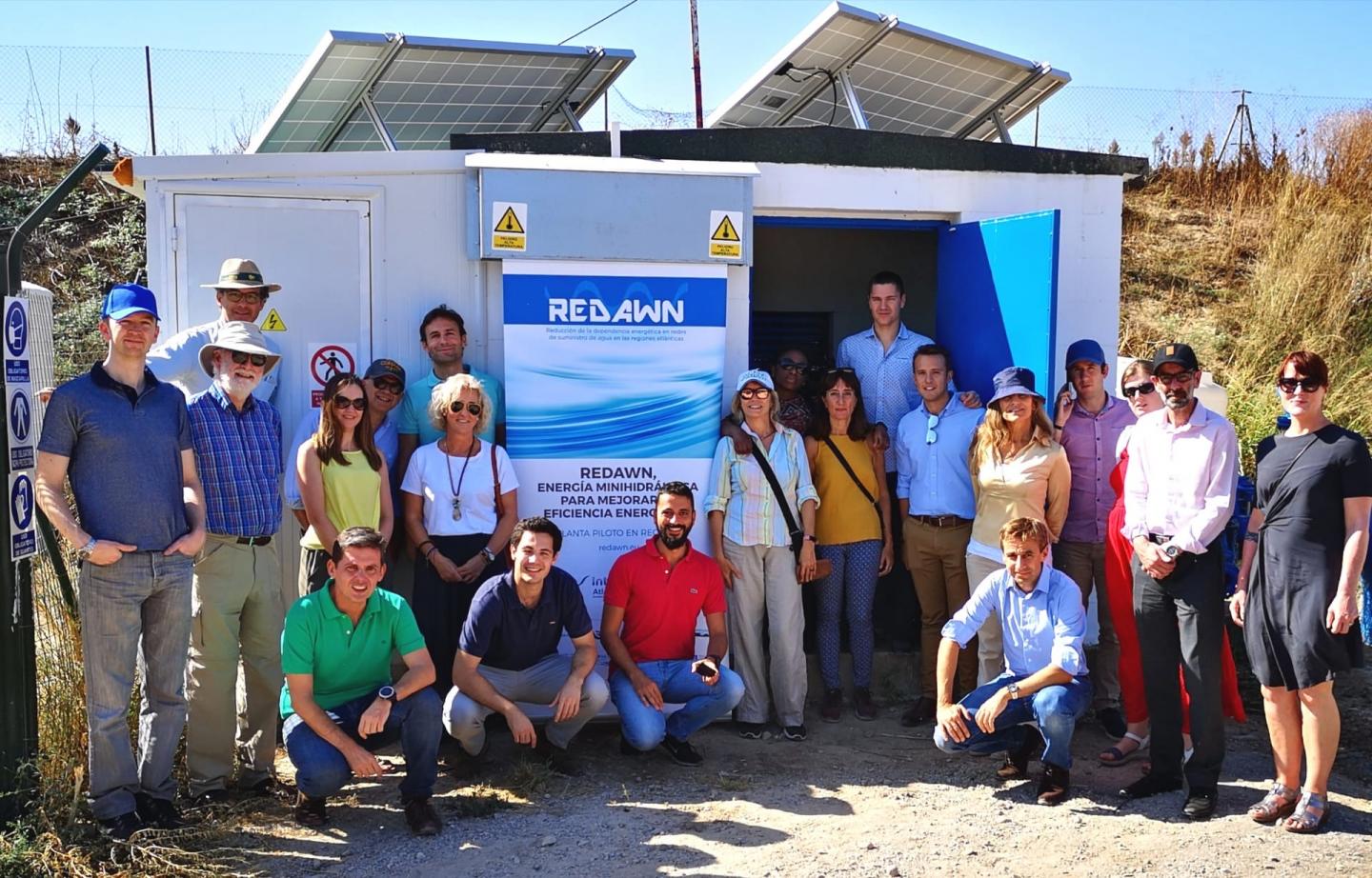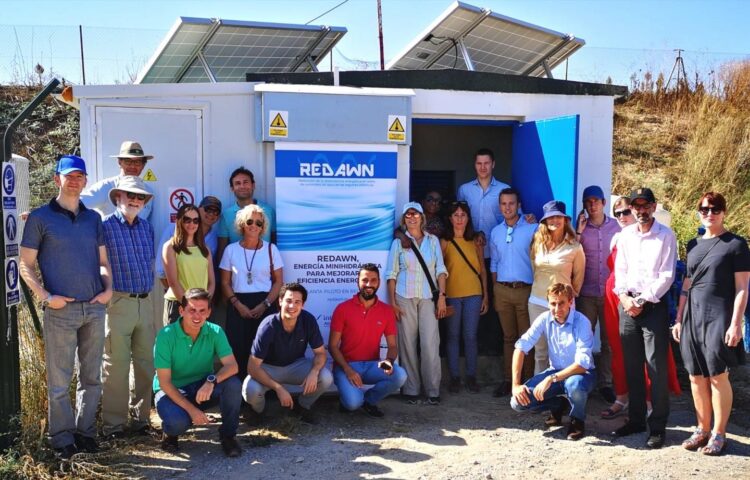
Credit: University of Córdoba
Irrigation agriculture not only requires a large amount of water but it also uses a significant amount of energy, which in addition to affecting the environment, constitutes a major financial burden for the agricultural sector. According to a study by the Hydraulics and Irrigation research team at the University of Cordoba and Trinity College Dublin, recovering energy in water distribution networks for irrigation could mean a 12.8% savings of energy each year.
These are the data obtained from a prediction model that analyzed the potential that this emerging technology could have in the provinces of Cordoba and Seville. This system obtains energy thanks to excess pressure in water distribution networks and uses pumps as turbines to generate electricity.
The team carried out 177 observations of 18 irrigation networks and studied the different variables such as the hydraulic configuration of the distribution system, the irrigated surface area, crop water requirements, rainfall and topographic slope. From there, and by means of artificial intelligence techniques, they were able to extrapolate the results for more than 164,000 hectares of irrigated surface area. This study makes up part of the research results for researcher Miguel Crespo’s doctoral thesis studies and his advisors are Professors Juan Antonio Rodríguez and Jorge García.
According to the data obtained, the use of recovered energy during the 2018 season would have meant a savings of 21.05 de GWh (Gigawatt hours) in these provinces, which equals a savings of 12.8% for the energy consumed by these irrigation systems during the season under study. Therefore, this kind of technology could mean important financial relief for water user associations since, according to the data from the research team, the cost of energy makes up 40% of the total cost of water on average.
In addition to saving energy, this system could provide a competitive advantage since it reduces the carbon footprint of the crops, something that is valued more and more by consumers. Even so, as researcher Juan Antonio Rodríguez points out, the technology’s main advantage is that “energy for irrigation could be obtained in places where there is no electricity available”, and in places where diesel generators are often used to supply energy.
Nevertheless, this new irrigation system, which could be paid off in 5 or 6 years due to energy savings (faster than traditional turbines), has certain disadvantages. The pumps that work as turbines and make use of excess water pressure in order to generate energy, known as PATs (as in pump as turbines) “are efficient within a fairly limited range of flow levels, so the fluctuations common in irrigation networks could lower their performance”, though “this issue could be sorted out by means of hydraulic regulation elements that would make a PAT work near its optimal performance point”, explains Professor Juan Antonio Rodríguez.
With the aim of making the most of this system, the research group continues to work on this line within the framework of the international project called Redawn (Reducing the energy dependency in Atlantic water networks, http://www.
###
Media Contact
Elena Lázaro Real
[email protected]
Related Journal Article
http://dx.





